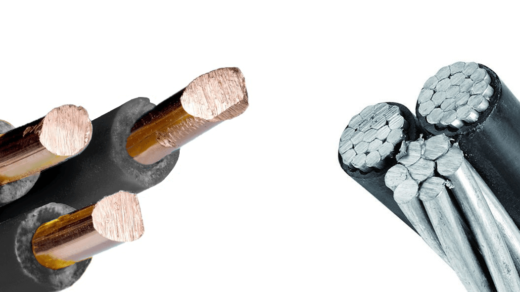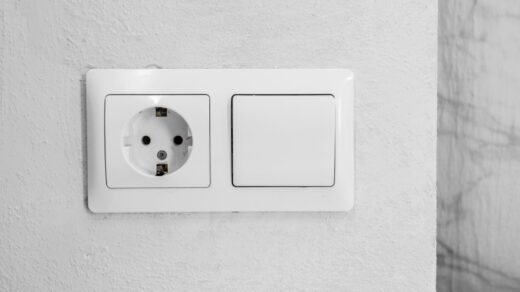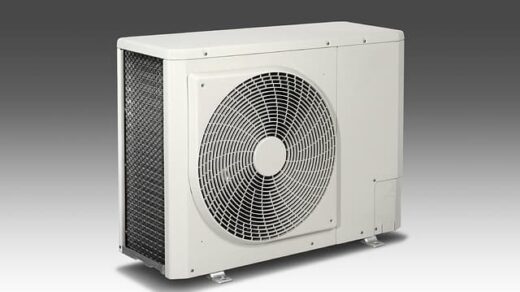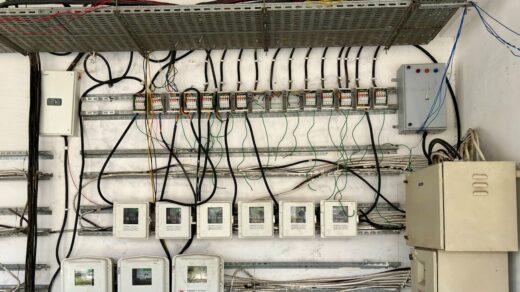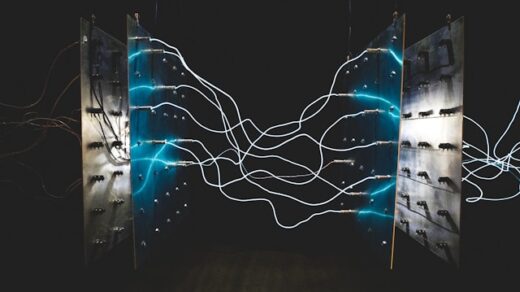Table of content:
- Common Electrical Maintenance Procedures;
- Key Components Under The Electrician’s Purview;
- Lighting Maintenance;
- Generator;
- Electrical Safety Protocols;
- Your HVAC System;
- Conclusion.
To protect against expensive electrical failures, it’s vital to conduct regular electrical inspections and maintenance. In both residential and commercial structures, the focus is on assessing and fixing the various elements of the electrical setup. The specialist technician, commonly known as an electrician, is a master of their craft, possessing in-depth knowledge and a keen eye for detail. They are the unsung heroes, often working behind the scenes, to ensure our daily lives are uninterrupted by electrical malfunctions.
- When they examine power outlets, it’s not just a cursory glance. They delve deep, ensuring that every connection is secure and that there’s no risk of short-circuits or potential fire hazards. The state of electrical junctions is pivotal to the overall health of the electrical system. By thoroughly assessing these, the electrician can predict potential issues, ensuring the seamless transmission of electricity throughout a building. Air conditioning units, especially in climates with extreme temperatures, are crucial. A malfunctioning unit can lead to discomfort at best and health risks at worst. Thus, the electrician’s role in evaluating these units goes beyond just ensuring they work—it’s about guaranteeing comfort and safety;
- Electromechanical devices, intricate blends of mechanical and electrical components, demand a nuanced understanding. Through meticulous investigation, electricians ensure these devices operate efficiently, optimizing their lifespan and performance. The heart of any electrical system is its panel and circuit breakers. By rigorously inspecting these components, electricians ensure power is distributed appropriately, with safeguards in place to prevent overloads or surges.
However, the job doesn’t end with just inspections. The electrician’s vigilance extends to continually monitoring for wear and tear, ensuring that minor issues don’t escalate into major problems. Their proactive approach ensures that any arising defects are swiftly identified and rectified, maintaining the integrity of the electrical system and ensuring uninterrupted service. In essence, the electrician’s role is foundational to modern living, acting as the guardian of our electrical sanctity.
Common Electrical Maintenance Procedures
Often, technicians from firms like Brennan Electric are called upon to gauge the state of electrical systems and apparatuses. At times, they adopt a predictive maintenance approach, fixing things based on the system’s current condition.
- Preventive maintenance tests the system’s individual components. This might involve evaluating relays, circuit breakers, and battery levels to confirm everything is in order;
- On the other hand, predictive maintenance zeroes in on parts likely to fail soon. Techniques like infrared testing, temperature checks, and analyses of emissivity and reflectivity come into play here;
- Another approach is failure-finding maintenance, where potential hazards are identified to ensure overall safety. Here, backup solutions like generators are also evaluated for readiness during power outages;
- Corrective maintenance is reactive, addressing sudden system malfunctions, while time-based maintenance follows a set schedule, like changing HVAC filters every four months regardless of their state.
The method selected largely depends on the system’s current health. The electrician will begin by analyzing the system, identifying priority equipment and any with a history of malfunctions. After evaluating all components, they’ll devise a comprehensive maintenance strategy.
Key Components Under The Electrician’s Purview
Lighting Maintenance
A well-maintained lighting system not only illuminates spaces but also enhances ambiance and mood. With the advent of smart lighting and energy-efficient bulbs, the scope of maintenance has expanded. Electricians ensure that dimmers and sensors function correctly, and that lights synchronize seamlessly with automation systems. Periodic recalibration is done to maintain color accuracy and brightness levels. External lighting, especially, is vulnerable to environmental factors like rain, snow, and extreme temperatures. Therefore, corrosion-resistant coatings may be applied, and moisture barriers inspected for integrity. For commercial setups with emergency lighting, tests are conducted to guarantee that these systems activate during power interruptions. By ensuring the comprehensive health of the lighting system, electricians contribute to both aesthetics and functionality.
Generator
Living in the digital age, the sudden loss of power is more than just an inconvenience; it can disrupt work, communication, and daily life. Thus, ensuring the seamless operation of backup generators is paramount. Electricians delve deeper into the generator’s core systems, analyzing the quality of fuel filters and potential sediment buildup which might hinder fuel flow. The electrical starters and alternators are examined for any signs of wear, ensuring prompt and efficient startups. With the use of advanced diagnostic tools, electricians may monitor the output voltage and frequency, making sure it aligns with the required standards for home or office equipment. Given that generators can be noisy, acoustic measurements might be taken to ensure compliance with local noise regulations. The generator’s cooling system, vital for its longevity, is assessed for optimal performance, with any blockages or inefficiencies addressed. Automation features, like auto start/stop and battery maintenance schedules, are tested for their accuracy. In cases where generators support mission-critical systems, like data centers or hospitals, electricians often simulate power outages to ascertain the real-time response and efficiency. Through meticulous evaluation and fine-tuning, electricians ensure that generators are not just operational but are efficient, reliable, and ready for any contingency.
Electrical Safety Protocols
In the electrical world, a minor oversight can lead to catastrophic results. That’s why electricians don’t just follow guidelines, they often go above and beyond. Protective devices like Ground Fault Circuit Interrupters (GFCIs) and Arc Fault Circuit Interrupters (AFCIs) are tested for functionality. Surge protectors are inspected to guard sensitive equipment from voltage spikes. Specialized equipment, such as thermal imaging cameras, may be used to identify hot spots or potential overload areas. Grounding systems, crucial for preventing electrocution, are evaluated to ascertain their effectiveness. Periodic training sessions might be conducted for inhabitants or employees, educating them on safe electrical practices. This holistic approach ensures that every potential hazard, no matter how minor, is addressed.
Your HVAC System
HVAC systems are the unsung heroes in our homes, responsible for the climate control that ensures our comfort throughout the year. Their complexity arises from the integration of electrical, mechanical, and often, digital components. An electrician’s role is pivotal in verifying that the power supply to these units remains uninterrupted and is distributed efficiently. Over time, wire insulations can degrade, or circuits can become overloaded, especially if other appliances are added to a household. Regularly testing circuits dedicated to HVAC can preempt potential breakdowns. Additionally, electricians assess the start-up and operational currents of the HVAC units, ensuring they are within specified limits. Modern HVAC systems often have smart thermostats and sensors; electricians ensure these devices are powered correctly and communicate seamlessly with the main unit. Voltage fluctuations can impact the longevity of the HVAC system. Hence, electricians might recommend or install surge protectors tailored for such large appliances. By working hand-in-hand with HVAC technicians, electricians play a pivotal role in ensuring that whether it’s a blistering summer or a freezing winter, your home remains a sanctuary of comfort.
In essence, the electrician’s role is comprehensive. They not only ensure safety compliance but also the system’s optimal performance and reliability, taking a proactive approach to maintenance.
Conclusion
In conclusion, regular electrical maintenance is more than just a precautionary measure—it’s a necessity. By proactively addressing potential issues, electricians play an indispensable role in ensuring the safety and efficiency of residential and commercial electrical systems. Such diligent oversight not only safeguards against unforeseen breakdowns and costly repairs but also guarantees the longevity and optimal performance of the entire electrical framework. Whether it’s the lighting, the generator, or the HVAC system, a regular maintenance check is the linchpin of electrical safety and reliability. Investing in regular checks and maintenance is an investment in peace of mind.

